I’ve attached links to some of the primary gear so you can easily click and find it online. I do want to say that gear preferences are a very personal thing and that everyone needs to find what fits them the best. Just because I use it doesn’t mean it’s guaranteed to work for others. There’s a great variety out there and this is what has worked for me.
Pros: I needed to be able to hold a lot on the Hayduke for long food and water carries and the Mariposa hung in there for me. It says it is made for 35lbs and less, but I was able to do more when needed for short periods and it worked just fine. The Mariposa is the only pack I’ve ever had that didn’t give me pain when it was fully loaded and there were times I didn’t even feel like I was wearing a pack! I like the variety in pockets and pouches of different sizes. There were multiple ways I could organize my gear/food/water as my weight and quantities changed over a leg. An added bonus is that the back pad can easily be removed and used as a sit pad or extension to my sleeping pad.
ZPacks Soloplex (1lb, 1.4oz, including 8 stakes) Pros: Light and spacious! It has become my favorite tent for a few reasons. A full bathtub floor and storm doors to make it fully enclosed. No need for a groundsheet so that saved weight too. Loved the space and the full side door with the option to leave the storm doors open (even in a light rain). I’ve used this tent for two seasons and well over 200 nights and it has held up! I’m hoping to make it through next season too.
Bottom Line: If you have the $$ and want to save weight, this is the tent to get. A very close second is the Tarptent Protrail.
Pros: It is sooo warm and puffy. Very light and small. It doesn’t have a hood, but I was fine without it and use beanie, buff, and down hoodie if needed. It is very warm and I often would just use it as a blanket and not need to fully zip it. However, it was quite cold at night on the trails I did this summer, so it was great! I’ve had this bag for three seasons, and over 300 nights. It may have lost some loft over the years, but it was still great and I plan to use as is next year too. Just heavenly!
Therm-a-Rest NeoAir XLite Women’s Sleeping Pad
Pros: Quite possibly my favorite piece of gear! Allowed me sink into the comfort of a bed every night. Light and compact. I upgraded to the XLite Women’s because it is lighter, shorter, and tapered so I had more room in my tent. Also, there is a reflective layer withing the pad that reflects body warmth back to the person laying on it. Really amazingly warm!
Pros: I started using an umbrella a year ago and it’s now a must have piece of gear for me. I don’t know that I’ll ever hike a long trail again without it. This summer I used it as a sun shield often on the Hayduke and for that cold drizzle that often came on the Great Divide Trail. Then in snow on the Hayduke and the Tahoe Rim. With it, my core stayed dry, I didn’t have to put away my electronics, and I could take pictures as I pleased. I found a way to strap it to pack so it can be used hands free and loved it! As a bonus use, I’ve found it useful as extra protection from wind and rain when I open it up and prop it up in the vesibule of my tent. I do not use it in place of rain gear and I also use at least a light rain jacket when in cold rain.
Pros: I often have the freedom to use my electronics all I want with this bad boy! I was able to use it to blog up to 10 days on the long legs I had this summer. It can charge anything that uses a USB and has two ports to be able to charge multiple devices at once. I also love that it has a meter that indicates in thirds how much the battery has left in it. It is durable and reliable. I’ve now fully converted to this from using a solar charger as it’s only a few ounces heavier and well worth the ease of use.
Trail Designs Caldera Cone Stove Set
Pros: Light, efficient, simple, and sturdy. I’m a big fan of this setup and have used it since I started thru hiking.
Pros: Light and collapsible. I preferred the Platypus bags because the are slightly more durable and clear so I can see the contents.
I carry one little dropper of bleach for treating water…I don’t know what it will eventually do to my system, but I tend to be too lazy to sit down and filter if the water is clear and not in a cow pasture or other contaminated area. I put in two drops per liter and let it mix for 20mins before I drink. I’ve never gotten sick from water that I know of. On the Hayduke, I did have stomach issues, but I think it was from unavoidable alkaline water and minerals that can’t be filtered out or treated in those situations.
Panasonic Lumix DMC ZS35 & ZS25
Pros: LOVE this camera (ZS25 version) when it works! A great wide angle that captured more than any other camera I’ve ever had. Great quality video. Sturdy shutter over the lens that is less likely to get dented or stuck opening/shutting with the bumps of a thru hike. I loved the powerful zoom that also worked in video mode. Also, loved the ease with which I could take panoramic shots! I am frequently asked what camera I used by blog followers as the quality of the photos are excellent.
Eye-Fi SD Wi-Fi Card
Note: I’ve been using the same card for 3yrs, but if I have to get their newer card (called Mobi), I think they now require a paid yearly subscription…check this before buying one! If this is true, look into other wi-fi sd cards you don’t have to pay a fee to use. That’s ridiculous!
Pros: Nifty little sd card that gives me the ability to transfer my pictures from my camera to my iPhone for blogging or sending out pictures.
Cons: This particular card would load ALL my pictures from the day, but I found out that you can set it to load individual photos, but it’s time consuming and not worth the pain. I heard other sd cards (EZ Share) let you choose individual photos and some cameras now have this function built into it. I’ve been fine with this and have just stuck with it for now. Just great that my camera quality photos can jump to my phone so easily!
Sandisk iXpand Flash Drive(64GB)
Pros: Oh the best toy I’ve gotten in awhile! It’s a flash drive that works with an iPhone. This drive was like my external hard drive backup all summer. It could hold maps, guidebooks, data sheets, songs, movies, photos, etc. It is 64GB worth of storage and it plugs into the charging port of the iPhone to be able to view or download whatever you like from one device to the next. There is an iXpand app that’s free that it runs through. It has a USB port so you load it and can transfer data also just like a regular flash drive. Sooo worth the 1.1oz addition to my pack weight! I know many of you will cringe at this, but I loved using it for movies and shows that I’ve downloaded to watch in my tent at night or during some downtime.
Cons: It does require charging through a USB port. When using it to watch movies on the iPhone, it plugs into the charging port, so you cannot charge while using the device…so I needed to plan ahead and have enough battery life to watch a show since I couldn’t charge it while watching. There were a few times a map file was too large to open on the iPhone. I don’t know if that was an app limitation or and iPhone limitation. I had to take my Lifeproof Case off to use it because the rubber strip below the inserted portion was too wide.
Sandisk Sansa Clip MP3 Player
Pros: She Sansa Clip has always been one of my favorite pieces of gear. It would greatly impact my hike if I didn’t have this little guy. Held all my songs and audiobooks easily. Also, small and clips to clothes or pack for easy use. Even takes mini sd cards so people were able to send me more songs and audiobooks. Saves me the battery usage on my phone. Usually less than $50, so easy to replace for people like me that tends to lose or break things often.
Cons: Doesn’t hold as many songs as more expensive players unless you buy a mini sd to put in it. I keep a file on my computer of all my songs to pull into it if I lose or break it and have to get a new one since it isn’t stored online like iTunes. This year I got the Sansa Sport and do not like it as much as the regular player. There isn’t a way to lock the Sansa Sport version, so it can get turned on in your pack if the power button is depressed and run the battery out without you knowing it. Big annoyance…
StickPic
I had a lot of people ask how I shoot my selfies and videos while I walk. I use the awesome StickPic. It allows you to attach your camera to the end of your hiking pole for both pictures and video. Love it! You can order it online. Careful, they are easy to lose, so I recommend putting it on a carabiner. Also, if you lose the nut that tightens it to your camera, you can use medical tape on the screw and it tightens just fine.
Gossamer Gear Shoulder Strap Pocket
Pros: Just the right sized external pocket for my camera or phone while hiking.
Cons: I somehow didn’t attach it correctly and the velcro rubbed on my shirt. In the damp and rainy conditions on the GDT, I felt like it sagged as the velcro was wearing out. I am getting a new one and will have to test it out again next summer to see if it was user error.
Loksak OPSAK
I got these odor proof sacks for my food in the Canadian Rockies. I used them in addition to the ZPacks Roll Top Food Bag. I got both the 12X20 and 4X7 size.
Pros: I don’t know if they truly are odor proof, but I didn’t have any bear problems and just felt better using them.
Cons: The ziploc feature can break over time, so take care of it and possibly send a new one mid hike in anticipation of one breaking. Putting shipping tape along the top helps to strengthen it a bit and extends the life. Also, make sure you buy the ones with double ziploc seals. I somehow got one set with the double seal that was great and then another set in the same packaging that just had on ziploc zipper across it and it did not seal as strong or as easily.
 Sea to Summit Ultra Sil Dry Sacks
Sea to Summit Ultra Sil Dry Sacks
Pros: My sacks have lasted me four years and three complete thru hikes. They come in various sizes and colors for organizing small things. Light, resilient, and water resistant. Those who used Cuban fiber sacks had difficulty with them shredding apart.
Pros: Super light and durable string for hanging and other random uses.
Sawyer Stay Put Sunscreen 30 & 50 SPF
I am very pale and require a lot of sunscreen. I’m used to sweating the sunscreen off and reapplying it every couple of hours, but then I finally used the Sawyer Stay Put Sunscreen! It is awesome! I used the 50SPF on the the Hayduke in strong sun exposure and was completely safe. I carried the 8oz bottles for the long legs, but most could get away with just the small tubes. It is pricier than most sunscreens, but that is because just a little bit goes a long way and you don’t need to reapply. I always reapply halfway though the day, but I’m pretty sure it isn’t necessary. Sawyer’s site has great detailed videos on their products and how to use them. This is a highly reputable company and product. You can find it at REI, so I really recommend you give it a try and read/watch more about it.
Sawyer Picaridin Insect Repellent
I have always been paranoid about using Deet and the effects it can have. Sawyer uses Picaridin and I felt much better using it! I only used it a couple times this summer with a low bug year, but it was like magic when I did used it. I like that it comes in these small spray bottles basically the size of a marker. Again, Sawyer is a company that puts out quality products. They have detailed information on their technology and reasoning for the ingredients that they use and I recommend giving it a look to learn more about the quality of their products. They have a variety of insect repellents including lotions, so check it out.
iPhone5 (with LifeProof Case)
Pros: Amazing! Service is best with Verizon. It was my own personal computer, phone, camera, alarm clock, and GPS all in one. Quick and easy panoramic shots if I need and a good replacement of a camera if my actual camera was lost or broken. I love being able to Skype or FaceTime family or friends. Of course watching TV in my tent is a great plus! Just amazing, love it!
Pros: A good reliable case I’ve used for years now.
Cons: Overall, I find it annoying to have to use a case, but it is worth it to keep the phone dry. I use my headphones to talk with the case on because it muffles my voice. Also, it will muffle sound if you are recording video with it on. In general, I find it easier to type without the case on, so I take it off when I blog. Be careful if you put the case in your pack without the phone in it and also when removing the phone from the case. I have broken two cases by trying to pop the camera out by pressing the plastic and pressing too hard and the plastic comes unsealed from the edge…will make sense when you have one. Just be nice to it.
Petzel Tikka Plus 2 Headlamp
Note: This was an item that got stolen and I’ve recently replaced it with the Petzel e+Lite (Ultralight) Headlamp.
DeLorme inReach SE Satellite Messenger
Pros: My favorite new piece of gear! Leaving home without it would be like not wearing a seat belt in my mind. The inReach allows you to text message or send coordinate tracks from just about anywhere that it isn’t covered from reaching the Iridium satellite system. I can’t say enough about this device that gave me and my family relief on these more remote trails I did this summer. More detailed product reviews are out there and comparisons to the next level up, the inReach Explorer, so my review is that IT WORKS! I liked knowing my messages or waypoints were received as it gave me notice when it was. Also, being able to communicate with someone in civilization for emergencies is gold. I found I was using it for arranging times for hitches. It was also great when the person I was communicating with had one too. Then we both could communicate where phones wouldn’t have service. Another great thing is that it can give you a weather report from anywhere you are. It counts as a text or you can pay $1 to get a detailed hourly weather report, which is totally worth it at times. Great battery life! Has a built in battery and I could just charge that in town, but it really does take a long time for the battery to go down if you are just using it to check in at night. You can pair it to your smartphone via the internal bluetooth on each device and then you can text like you normally would rather than using the clunky keys on the inReach.
Cons: At 6.7oz, it is slighty heavier and bulkier than my SPOT. It isn’t cheap ($300), but well worth it! You can look at the subscription options on their page (yearly and monthly options), but I chose the cheapest one ($12/mo) that will allow me to check-in an unlimited number of times with preset messages and coordinates to my family, four texts a month are free and then 50 cents after that. I will note that one catch is that if you want it to work with a public Trackleaders map like I have embedded on my site, you will need to send out a track point, and my subscription has that at 10 cents/track, which is reasonable. The screen is small, so I never used it as a GPS, but I’ve heard it isn’t ideal. The keys are archaic, clunky, and time consuming if you are trying to type a message, so I paired it by Bluetooth to my iPhone and texted that way.
Leatherman Style CS Multitool
Note: This is one of the items I had stolen, so I’ve recently replaced it with the Gossamer Gear Backpacking Pocket Knife.
Pros: Small, light, has multiple tools (including scissors!), and has a carabiner to clip it to my bag for easy access.
 iFlash 4 USB Quad Port Charger
iFlash 4 USB Quad Port ChargerPros: Allowed me to charge four different things at the same time from one outlet.
Cons: Added weight and took up space in my pack. Didn’t charge as fast as directly plugging one USB into a socket because it splits the charge.
Bottom Line: It’s a luxury item, but one I use frequently!
Qiwiz Big Dig Ultralight Trowel
Note: this is an item that was stolen and I’ve recently replaced it with the Deuce Backpacking Trowel.
Pros: Light…normally I would just use my hiking pole to dig a hole, but now I have a tent requiring both polls for setup.
Cons: If it’s a hard packed area or desert terrain, this may not be as effective as a hiking pole or a more sturdy trowel.
MSR Groundhog Mini
Note: This is an item I had stolen and I have recently replaced it with Gossamer Gear Titanium V Stakes
Pros: I have been using these stakes for three years and enjoy them. I like how they are light, three pronged for better grip in the ground, and red to easily find them if dropped.
Cons: The tops can easily break off if you use a rock to hit the stake into a very hard ground. Also, the strings can break off if you yank too hard on them.
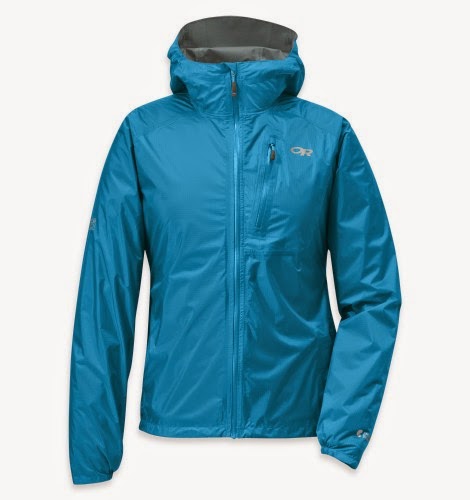 OR Helium II Rain Jacket
OR Helium II Rain Jacket
Pros: VERY light (5.5oz) and compact.
Montbell Torrent Flier Rain Jacket (8oz)
I used the Montbell Torrent Flier on the GDT because of the cold wet weather in the Canadian Rockies. This is a heavier duty rain jacket and I’m so glad I used it! It worked great and, on the GDT, I had to wear my rain gear for full days some days. The only times it seemed to soak through was when I was pushing through soaking wet brush. It would soak through on the arms at times with all the friction and rubbing, which I think is normal. It dried fairly quickly too. I liked having the pit zips and the chest pocket is a must have for me in a rain jacket. It did a good job of keeping my camera and maps dry. I completely recommend this as a heavier duty rain jacket.
Mountain Hardware Ghost :Whisperer Jacket
Pros: I’ve had this jacket for three years and it still works! Small, light, compact, warm, resilient, awesome! I think it is still the lightest down jacket on the market. Made for a great pillow at night too!
Balega Socks
I loved these socks. They are just basic running socks. My feet have bad reactions to wool and these were great. They don’t last as long as thicker socks, but I stretch them as long as I can and have them in my resupplies.
Diva Cup-Feminine Hygiene
Okay ladies, just like you, I worried about how I’d handle my monthly period on the trail. If you have to deal with it, then I suggest the Diva Cup. Look it up. I would definitely practice using it before going on the trail if you’ve never used it before. I like it because it’s minimal, I don’t have to worry about accumulating trash, and depending on the day, I could go the whole day without having to worry about it. I love that it is environmentally better AND saves me money. I have converted to using it in everyday life and I really recommend it.
Teva Mush II Thong Sandals
Cons: Wearing them with socks is a pain. I usually just slipped all my toes to the side of the thong when I needed to walk at camp.
Montrail Mountain Masochist Hiking Shoe
Lynco L405 Sports Orthotic Insoles
I need some type of added support to hike the trail and another hiker told me about the Lynco Insoles. I am a neutral walker and tend to need something for the ball of my foot. These are very unique and I recommend using them for a good month before the trail if your feet are new to them. They have a lump under the upper part of the arch of your foot. There are other styles for different needs. The unique form takes some getting used to, but I found them to feel great and also relieve a lot of the pressure on the ball of my foot. Expensive, but totally worth the price for me. I would get a new pair every 750-1000mi. It’s a matter of personal preference. I know these have helped some hikers with plantar fasciitis.
Cons: I wish they had cork handles. The black material would rub off on my hands when my hands were damp or sweaty. Also, my old Black Diamond poles were ergonomically angled and I would prefer that.
Smartwool Microweight Pajama Top/Bottom
It took me forever to buy these pricey pajamas, but they were perfect and saved me many ounces off what I was using before. The pants are slightly sheer and I’d only wear them in my tent. Both could be used in emergency for extra warmth. I have had these for three years and they finally wore holes in them enough that I will be buying new ones for next summer.
Cons: I had a lot of sandy hiking and wet hiking this year, and for the first time in all my years using them, had issued with the adhesive coming off for the velro on the shoe. I carried extra velcro that comes with the gaiters, but have never had to use it so much. Using shoe goo or gorilla glue helps keep them on there.
Garmin eTrex 20 GPS
I last used the eTrex 20 on my CDT hike and I have a lot of information on how to setup the eTrex there. Here I will just comment on how it functioned as a GPS. I have to say it drives me nuts to use it after using a smartphone GPS app. It is a lot slower than apps, less visually pleasing, and less user friendly. On both the Hayduke and the GDT, I had the eTrek completely blank on me and not show the data I had loaded into it. This also happened to two of the hiking partners I had this summer. In one case, it required going back into town to fix it. I just want to stress that these electronic devices can go out and that they should not be used as the primary source of navigation. I don’t know what glitch causes it to happen, but I found sometimes it helped to remove the mini sd card and reinsert it if your data isn’t showing up that you know was loaded on there and was showing up the day before. What I can say is positive about the eTrex is the battery life. It lasts for days (25hrs) if you use the Energizer Ultimate Lithium Batteries….not the Advanced…the Ultimate.
GAIA GPS App
The trails I did this summer required a lot more navigation than the general Triple Crown trails. In addition to the GPS, I used the GAIA GPS App.
Pros: This is a really great one to use once you learn how to use it. I found it to be quick and easy to both load and use. New this year on iPhones, you don’t have to turn off the airplane mode to use GPS anymore. Great feature! Just make sure you close the app out after using so it doesn’t drain the phone while you hike. I soo prefer this to the GPS! It is colorful, user friendly, and time efficient in loading. If battery wasn’t an issue I’d be using this as my main GPS.
Cons: It can use phone battery quickly if used over an extended amount of time. It also uses a lot of storage depending on how many maps and tracks you load. Only an issue if you have a phone with little extra storage space. I feel like the maps could have been better in detail…especially in Canada, but it worked just fine for what I needed, which was to see that I was close to a general track.
BlogTouch Pro App
Cons: TIME CONSUMING. This app is not as intuitive as it could be and it takes way too many touches to do simple things. It requires that you put in each picture one at a time and if you want to size it larger, each one is done individually and very time consuming. I much preferred BlogPress in ease of use, but the photos were in a very low resolution and I had to login to my blog online to adjust resolutions before I posted them.The problem with BlogTouch Pro is that it is a better resolution, but I can’t tell if it is full resolution because the script does not indicate it on the html. I am in contact with the developer and hope for improvements in the off season because it’s a good start. It just needs to be made more efficient.
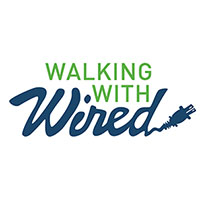
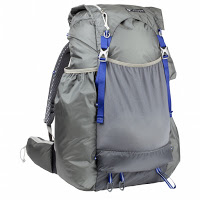

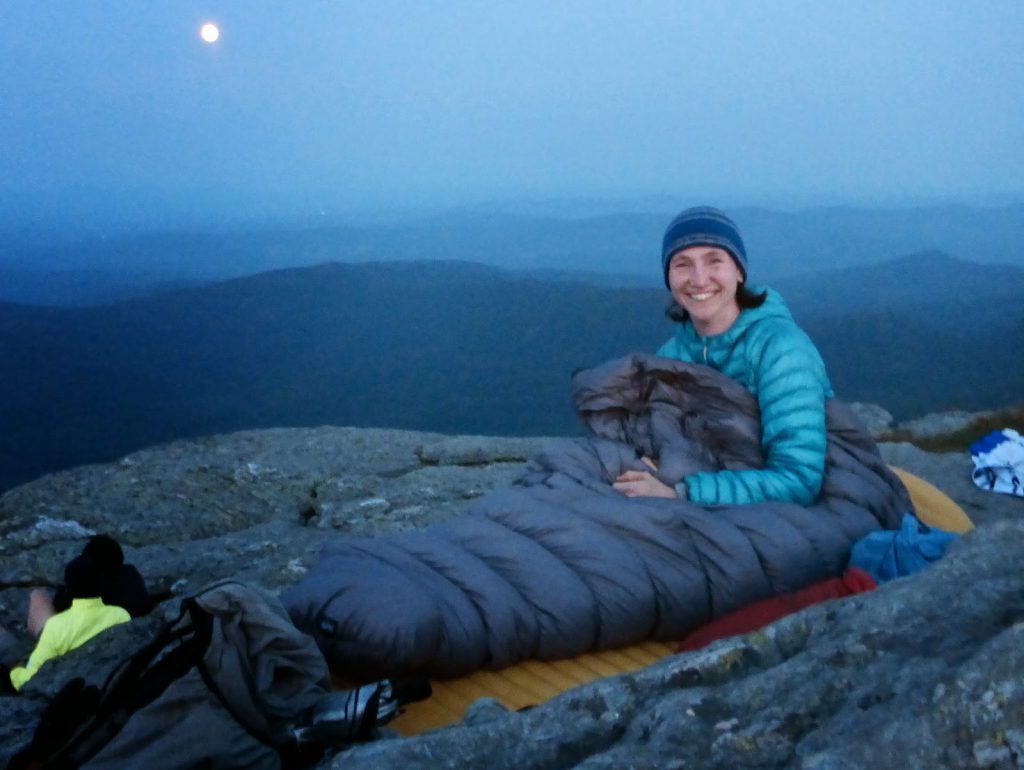

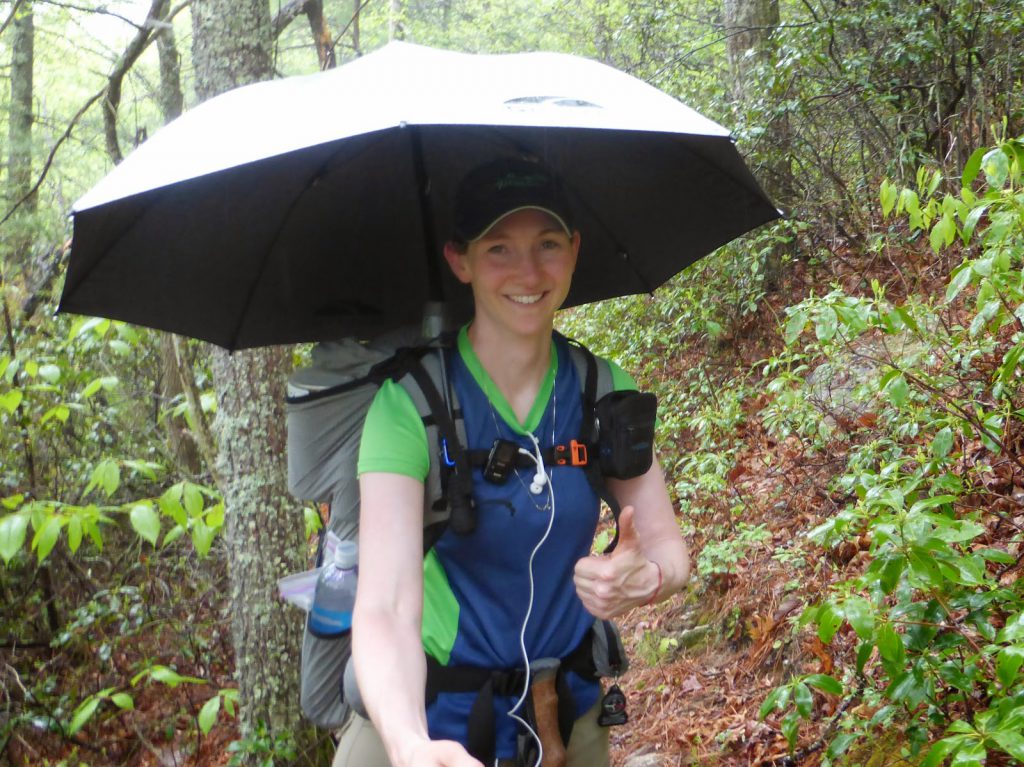
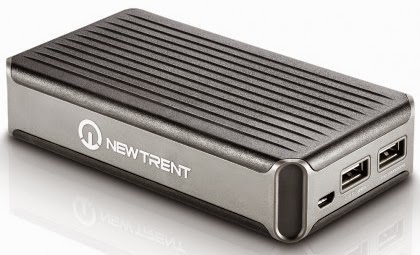
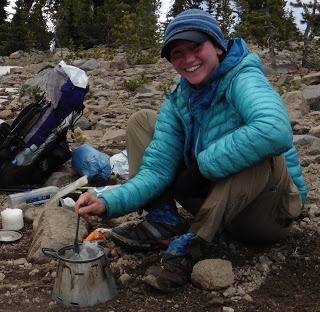
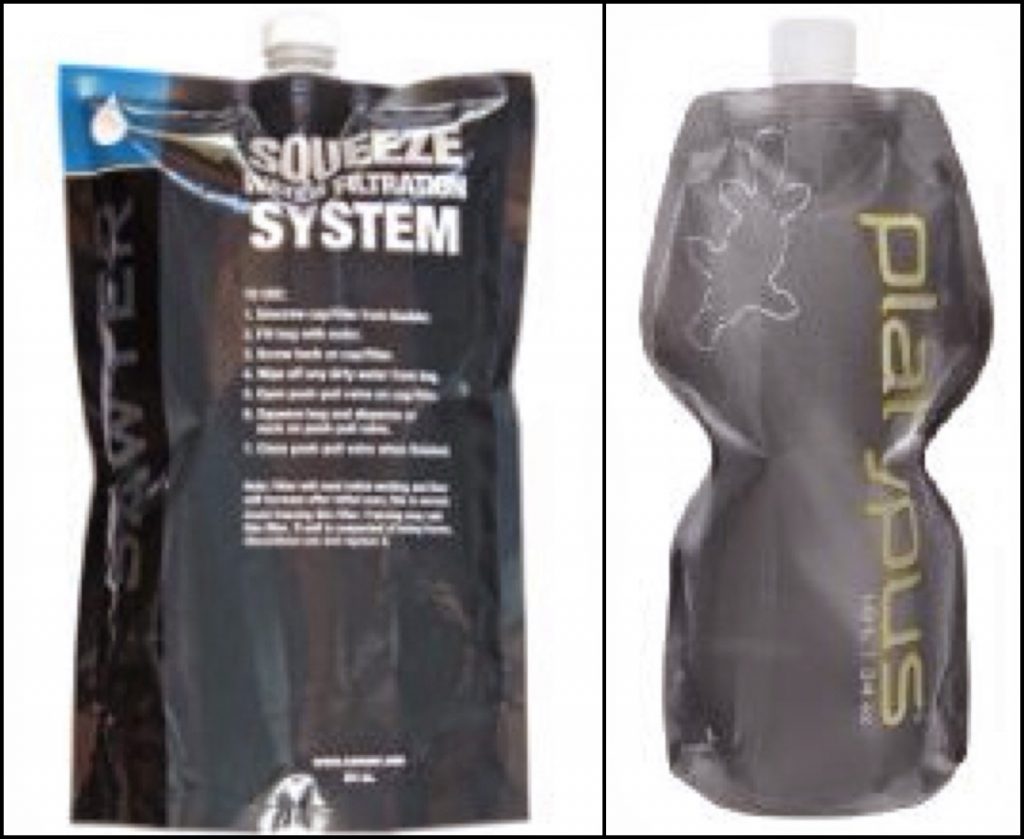

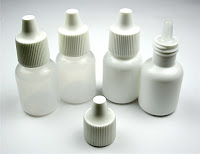
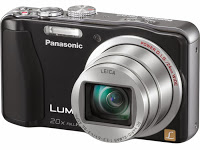
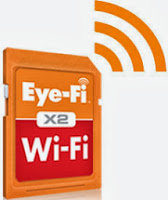
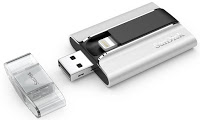

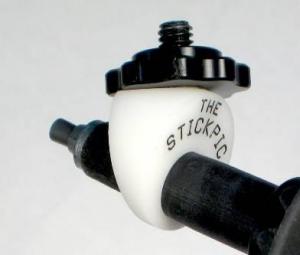

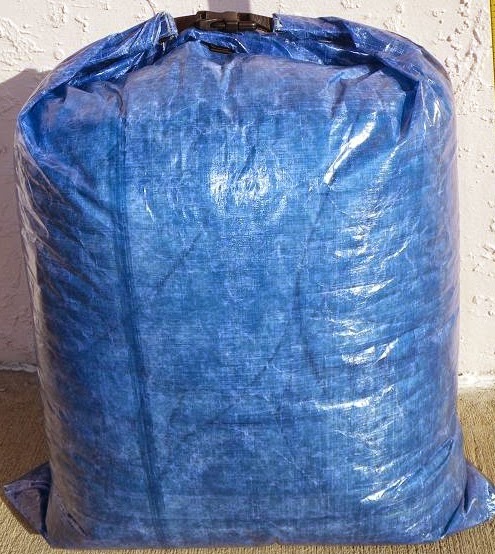
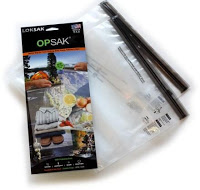
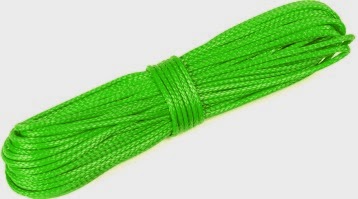

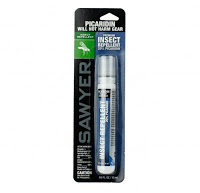
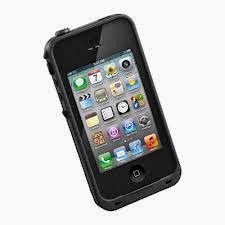

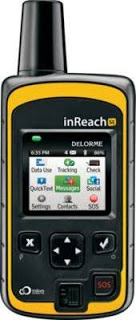
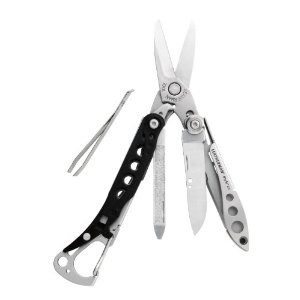
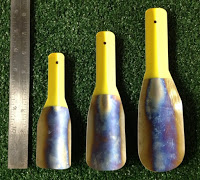

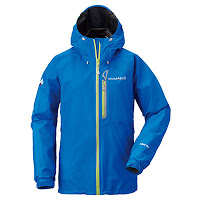

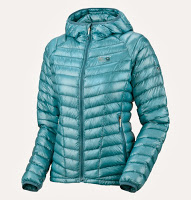
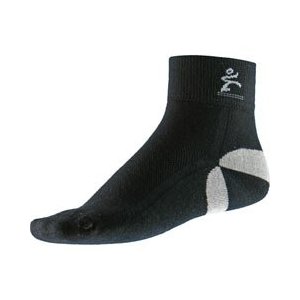
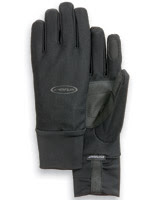
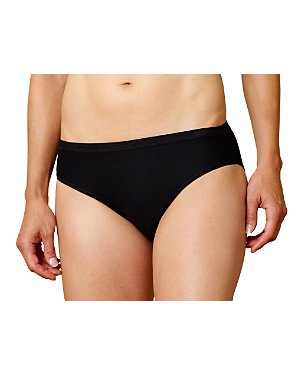

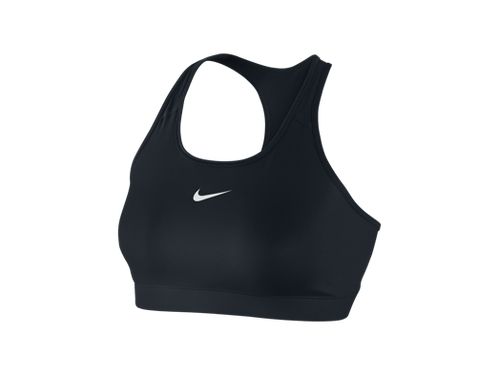
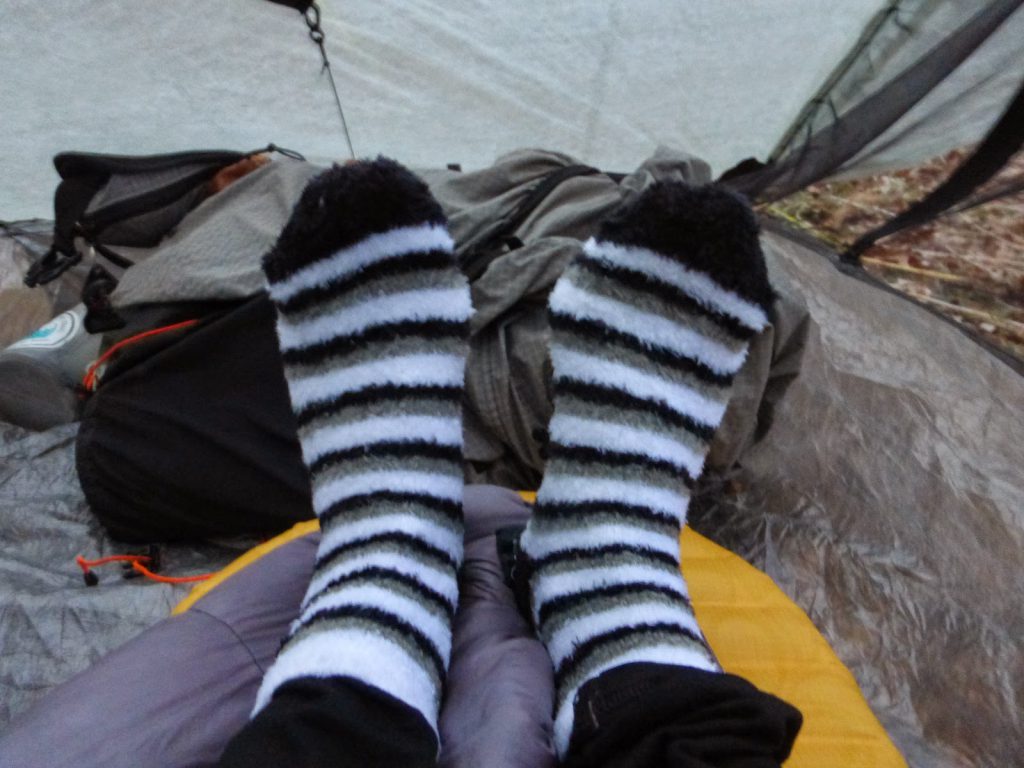
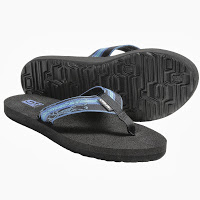

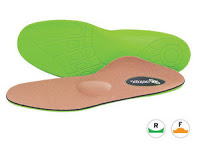
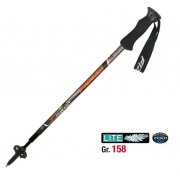
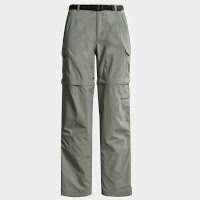

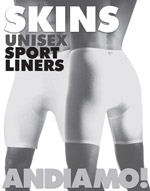

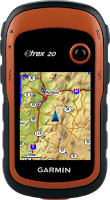
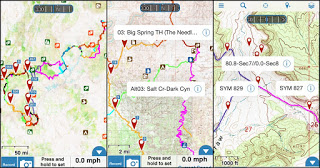




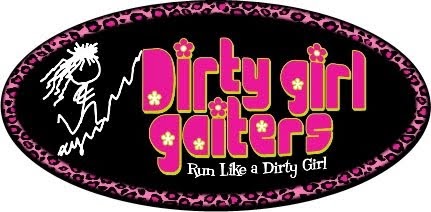




Hi. Just wanted to say thanks for posting your gear. You were the first gear list I ever looked at back in 2015 and I guess reading your lists brings back nostalgia from my first list.
Anyways, thanks for sharing.
Hi. Thanks for your lists and tales! I am a 5’4″ female and I’ve hiked about 1200 miles of the AT several times and a few other longer trails. I had a BA Fly Creek UL 1 and then an REI Dash 2. I’m now very undecided between a ZPacks Solplex and Duplex. As much as I’d like to cut that last 5 oz, it seems that extra couple of feet in the Duplex bathtub space might keep the rain and wind away from the occupant much better and make it worth the weight to carry. I’m wondering what your thoughts are, if you are not too busy? Thank you.
I meant to add that I’m thru-hiking the AT in 2018 with it, and likely the Pyrenees High Trail and some other longer stuff after that.
Good question. I’d say that either way, you’re reducing your tent weight greatly, so congrats on that! People love the duplex and it would be like a palace with your size. It does provide more protection, but I’ll also say that the Solplex has been updated since I used it on the AT and now has better protection…but still not as much as the Duplex. Personally, it isn’t worth the weight to change just for the rain protection, and you need a larger space to pitch it. It’s only a problem in a downpour with wind, and even then, isn’t too bad. I’m just aware of when heavy rain is coming and pitch accordingly to adjust by pitching in a protected spot and lower to the ground. It is a personal decision. Many solo people carry the Duplex and love it. If weight wasn’t a concern, I’d carry the Duplex too.
Hello,
What do you think of the montbell storm cruiser for the GDT? I’m torn between it and the torrent flier; the latter, in a size large, is proving difficult to find in the UK. I think the former uses a slightly more modern fabric design but it’s slightly heavier too (about 10oz.)
Was it mostly warm enough to not need extra insulation when hiking? Last question, did you
at any point try a solar panel on the GDT? Thank you :).
I’ve never seen the Storm Cruiser in person, but it seems to be a bit much and better for weekend excursions or town wear. The two Montbell options I’d be comparing for the GDT are the Torrent Flier and the Peak Shell. It seems you’d like the Peak Shell as it’s a happy middle between the Torrent Flier and the Storm Cruiser. I know two thru-hikers who enjoy the Peak Shell quite a bit and may get that as my next jacket since the Women’s Torrent Flier is currently discontinued…
Thank you for the reply. I have researched since posting and it seems these jackets have been updated over the years. For example, I think the current storm cruiser is actually lighter than the earliest torrent flier (don’t quote me on that.)
My problem with the peak shell is that I don’t think it has the breathability and rainproofness of the other models. For me, the torrent flier is probably the safest bet. I contacted montbell and they said they might have one in stock (in large) even though it’s not on their website. You might want to email them and see if they have stock lying around somewhere.
It was difficult to find the models I wanted in the seizes I wanted, but I ended up buying the storm cruiser. It’s a lot lighter than I imagined it to be, they’ve removed some of the additional features (you can’t hide the hood away) and it’s been great in England so far. The zips are in useful places i.e. they don’t get in the way of a hip belt.
hello erin… i just love that your out there sharing info… i inquired something last year and here i am again.. eaving next week to kakwa.. and going south… i wonder what you fixed the hold in your sleeping pad with… youd be proud of your influence on me… im getting lighter and lighter… bought new long underwear… trying to decide between smart wool… 100??? cant remember the number but the 100 series…
and the new pantagonia capilene air ….
you dont have to answer shopping questions thats not fair to ask you… unless youve discovered them and prefer them… i dont know where you get the kind of sheer wool ones you got…
thak you for your time…..
Oh wonderful to hear Lynnie! I’m sorry for the delayed response. I use tenacious tape on my sleeping pad and I know I do like smartwool for my sleep shirt but I look for a crew neck to stay warm. Many are scoop necks and I don’t like that. I hope your trip on the GDT goes well. They had more snow up there this year and Aug can be 50/50 the second half with weather up there. Have a great trip!